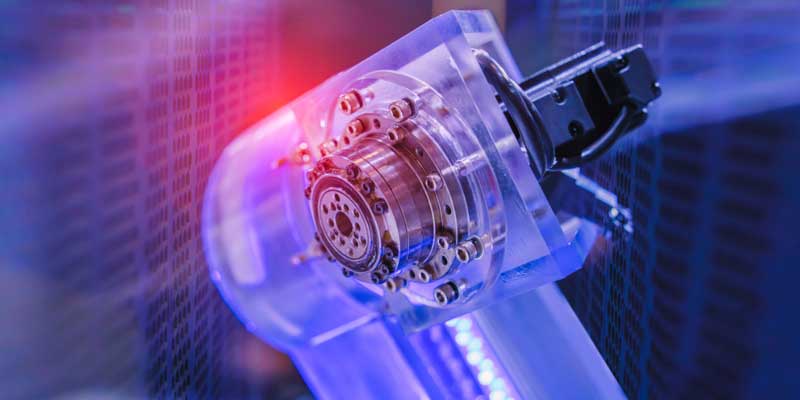Schedule a Call Back
Micro-optics: The game-changer in optoelectronics market
 Technical Articles
Technical Articles- Oct 01,18

Related Stories
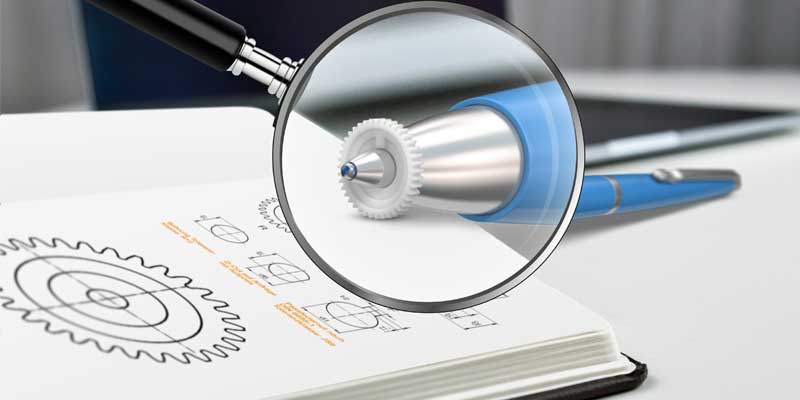
As fine as a human hair: New igus micro-gears with 0.2 module
The micro gears' delicate teeth make them suitable for very precise applications in small installation spaces.
Read more
Decoding the attempt of a liquidity boost to MSEs
Recently, certain amendments were introduced through the Finance Act 2023 (FA 2023) to enhance financial liquidity for Micro and Small Enterprises (MSE) by indirectly compelling their customers to p..
Read more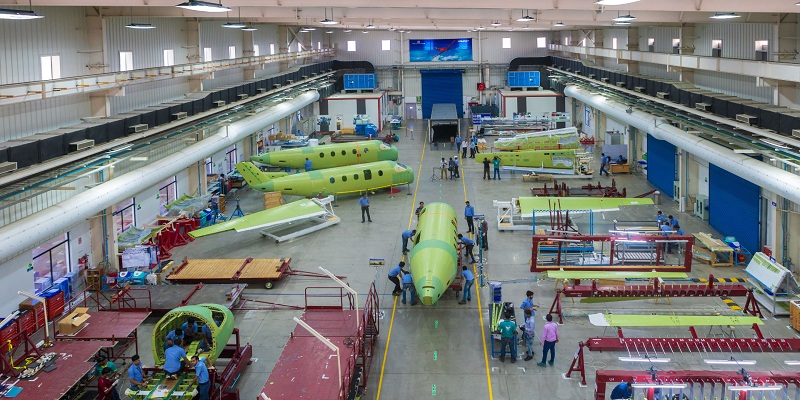
Private companies increasingly engage in defense manufacturing
The Indian government recently initiated the development of two defence industrial corridors, located in Uttar Pradesh and Tamil Nadu
Read moreRelated Products
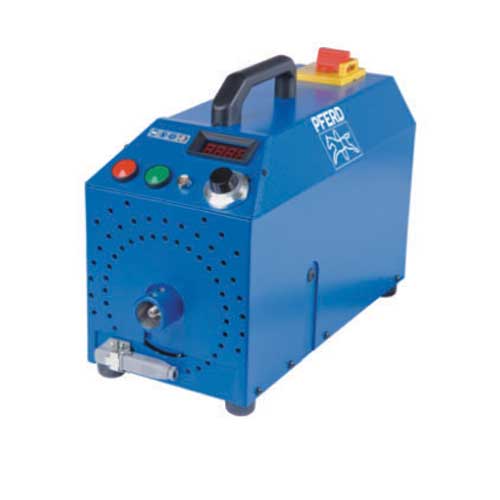
Flexible Shaft Drivesc
PFERD offers a wide range of flexible shaft drives ME22/150.
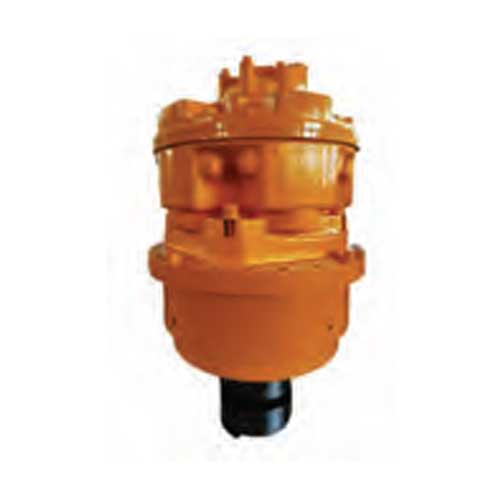
Hydraulic Transmission Drives
INI Hydraulic Co Ltd offers a wide range of Hydraulic Transmission Drives IY Series.
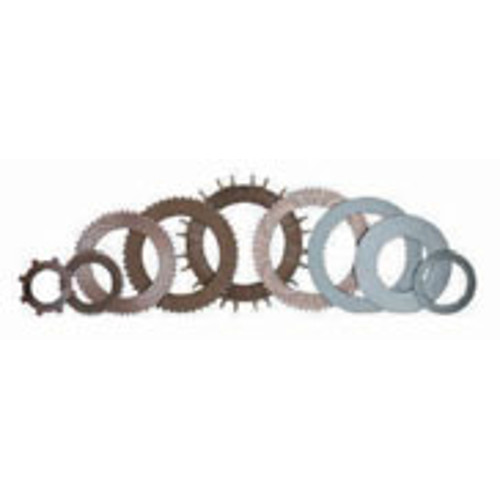
Transmission Discs And Steel Mating Plates
Friction Elements, an ISO 9001-2015 company, manufactures wide range of transmission discs & steel mating plates. These wet and dry friction materials such as sintered bronze, carbon, ceramic, grap Read more






